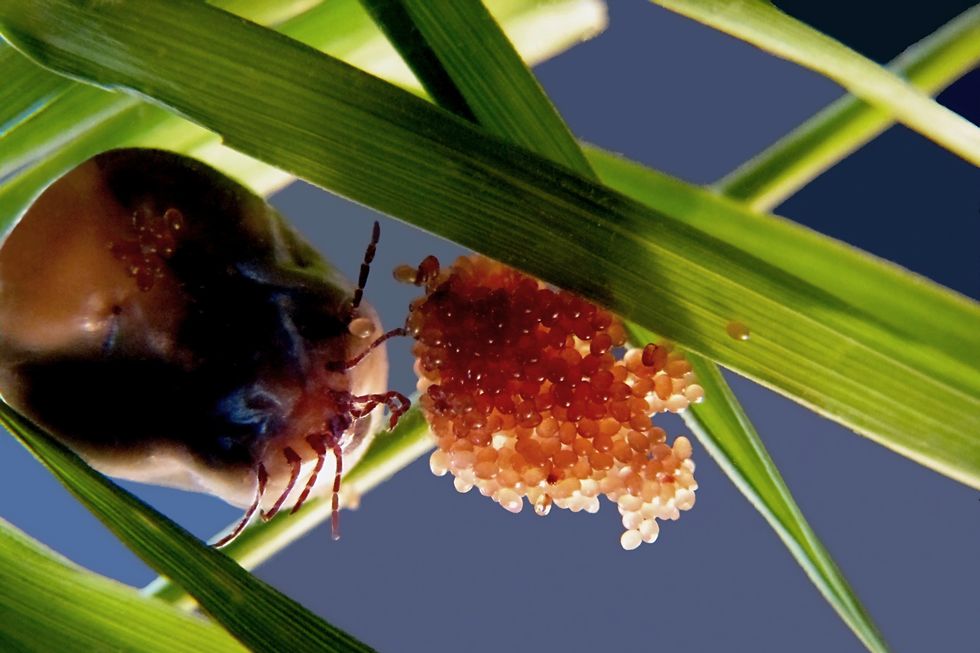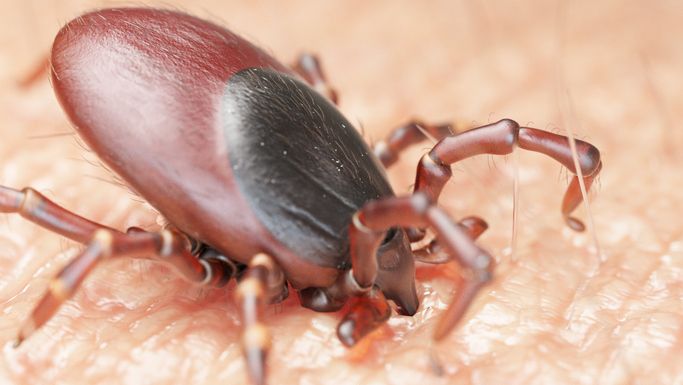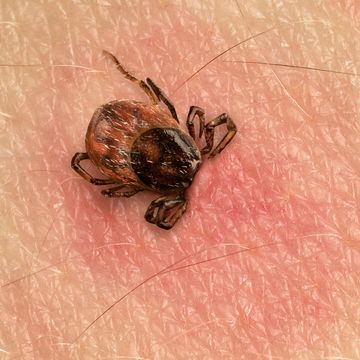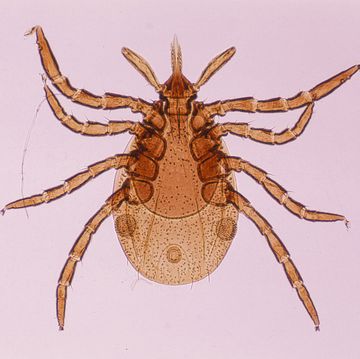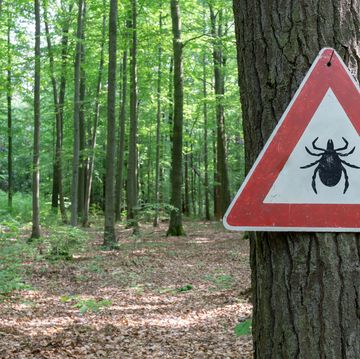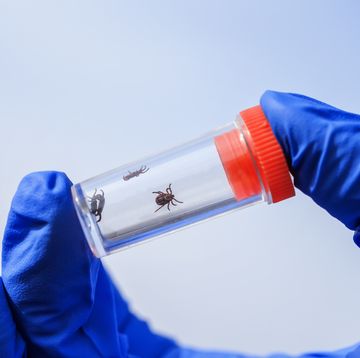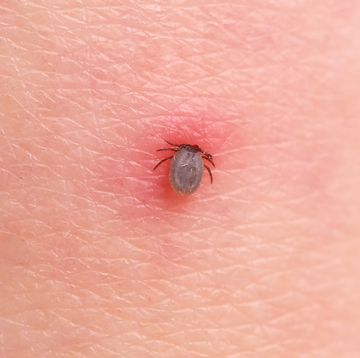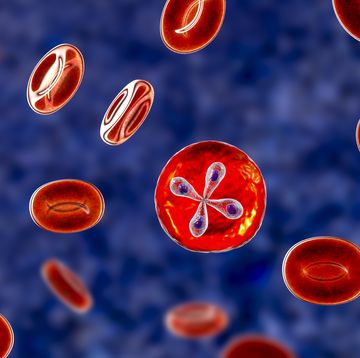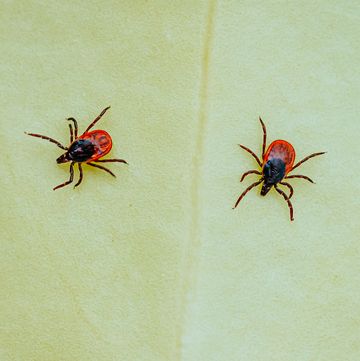There’s pretty much nothing appealing about ticks. They’re tiny little critters that can transmit serious diseases through a hard-to-identify bite. It only makes sense, then, that you’d want to do your best to stay far away from them.
Of course, ticks have a life cycle just like other bugs. They lay eggs that hatch into larva and grow into nymphs (teenage ticks!), before turning into the full-fledged blood-suckers you want nothing to do with. So, in theory, if you could stop them at the beginning—when they’re harmless eggs—you wouldn’t have to deal with the adults.
That raises a huge question: What does a tick nest even look like? There’s an image that keeps floating around online each year that shows blue-colored, caviar-like eggs nestled in blades of grass, but experts say it’s definitely not a tick nest.
Here’s what you need to know about how to spot a real tick nest in the wild, and what to do if you actually come into contact with the eggs.
What does a tick nest look like?
Turns out, ticks don’t actually build nests to lay eggs in. Instead, what you might spot is an egg mass, says Marc Potzler, a board-certified entomologist and technical services manager for Ehrlich Pest Control. “The female will actually spit out hundreds of eggs and will wander away from the eggs after dropping it all at once,” he explains.
Ticks don’t hang out on their eggs like birds once they lay them. “There is no sitting on the eggs,” says entomologist Roberto M. Pereira, Ph.D., an insect research scientist with the University of Florida. Instead, they lay them and go about their usual business.
The egg mass, which is usually black or red and shiny, looks “like misplaced caviar, especially in shape and texture,” says board-certified entomologist Frank Meek, technical services manager at Rollins.
Where can you usually find tick eggs?
Ticks usually lay their eggs outside, typically near a trail where deer or other animals tend to roam, Potzler says. “The eggs will be laid on top of the ground, often nestled on top of soil,” he adds.
For the record, this isn’t a massive mound. “Each egg is about the size of a period,” Potzler says. “Stuck together, the eggs are no larger than one inch, or the size of a quarter.”
What should you do if you think you’ve found tick eggs?
You don’t have to run away screaming (although that’s always an option). “Outdoors, you will most likely never see a tick egg nest because of the small size,” Meek explains. “The nests you’ll see are most likely not from a tick. Destroying those may be destroying something that is beneficial and critical in the environment,” such snails, spiders, or other types of insects.
“If you are concerned about ticks on your property or have found ticks on your pet or another family member, have the area checked by a pest management professional, who can provide recommendations on the best course of action,” he adds.
Your best bet? Leave the eggs alone. Instead, stick to these tips on how to get rid of ticks near your home and stock up on the best tick repellents for this summer. Should you suspect a bite, here’s exactly how to remove a tick from your body.
Support from readers like you helps us do our best work. Go here to subscribe to Prevention and get 12 FREE gifts. And sign up for our FREE newsletter here for daily health, nutrition, and fitness advice.


